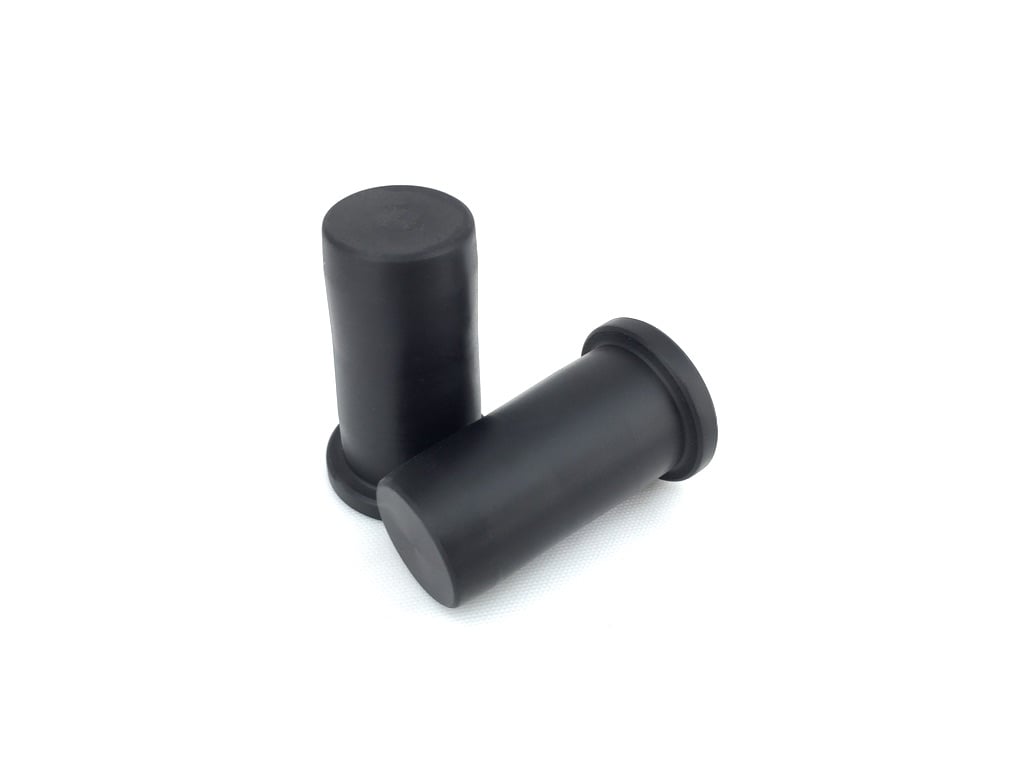Assuming some 6, 6.5, or 6.8mm based ar15 sized cartridge, supersonic + unsuppressed, and the same adjustable gas block, recoil spring, and buffer kit being used between the two options.
Is there any real difference between using a lightweight carrier and heavier buffer vs using a "normal" semi/auto weight carrier if the total weight of the reciprocating mass is the same?
Just as an example
- JP LMOS steel carrier + bolt = 8.8oz + h2 buffer ~4.7oz = 13.5 oz. h2 because I've seen them more frequently with 6.x mm builds vs other weights.
- semi carrier + bolt = 10.5oz + carbine buffer 3oz = 13.5oz.
It seems like lighter carrier + heavier buffer is more popular but not sure if this is just due to increased flexibility as changing buffers and/or weights cost less than a new carrier or if there's a more functional reason.
Is there any real difference between using a lightweight carrier and heavier buffer vs using a "normal" semi/auto weight carrier if the total weight of the reciprocating mass is the same?
Just as an example
- JP LMOS steel carrier + bolt = 8.8oz + h2 buffer ~4.7oz = 13.5 oz. h2 because I've seen them more frequently with 6.x mm builds vs other weights.
- semi carrier + bolt = 10.5oz + carbine buffer 3oz = 13.5oz.
It seems like lighter carrier + heavier buffer is more popular but not sure if this is just due to increased flexibility as changing buffers and/or weights cost less than a new carrier or if there's a more functional reason.




